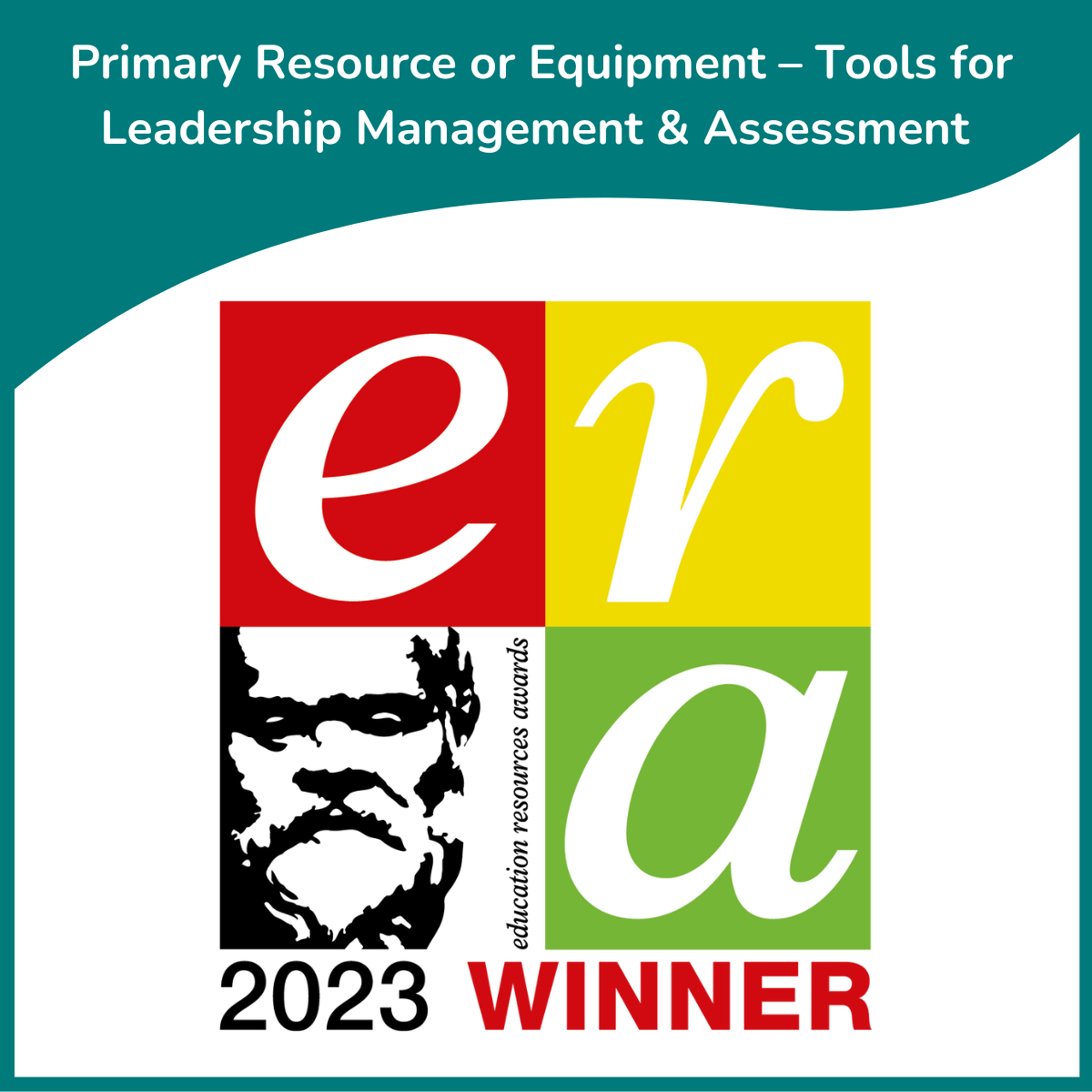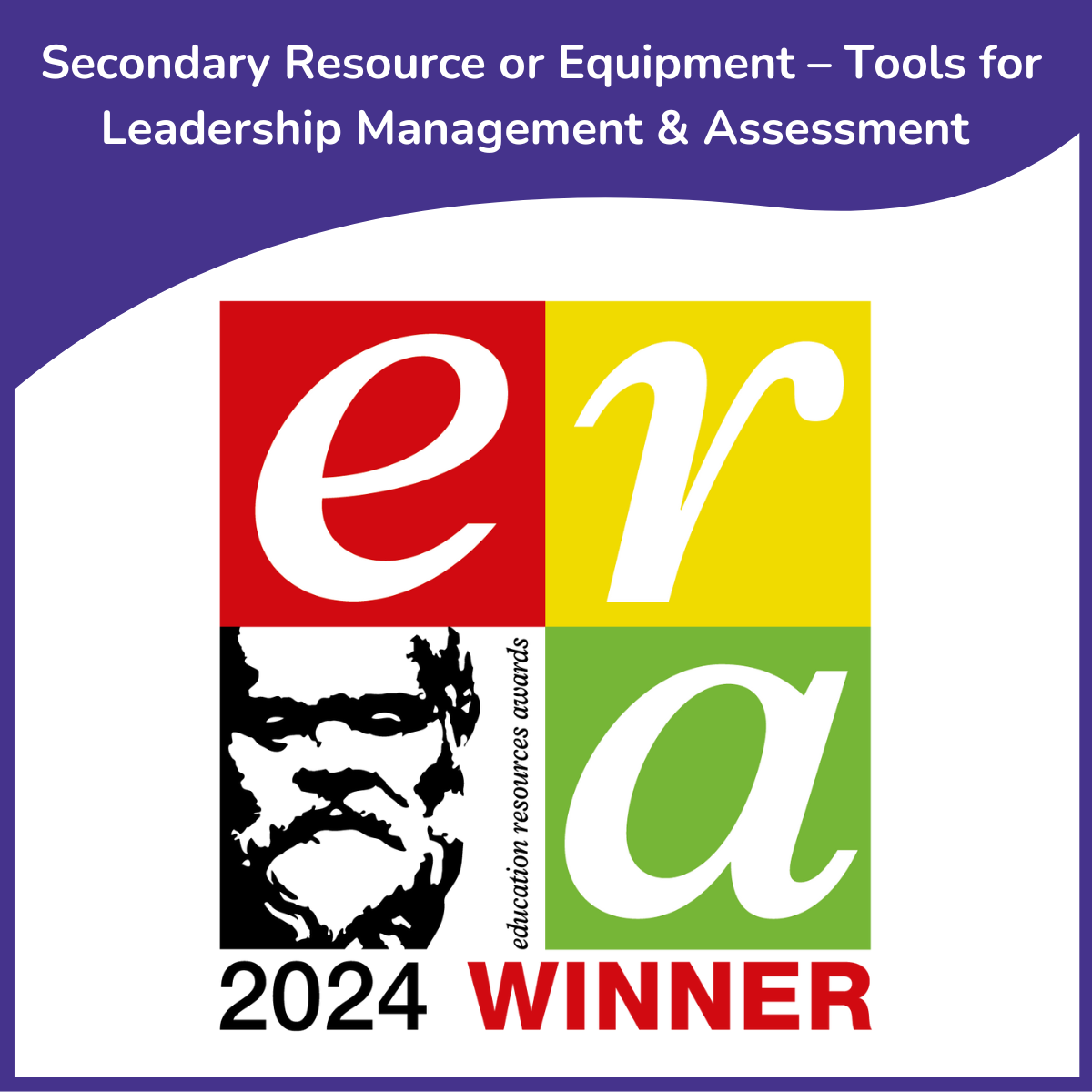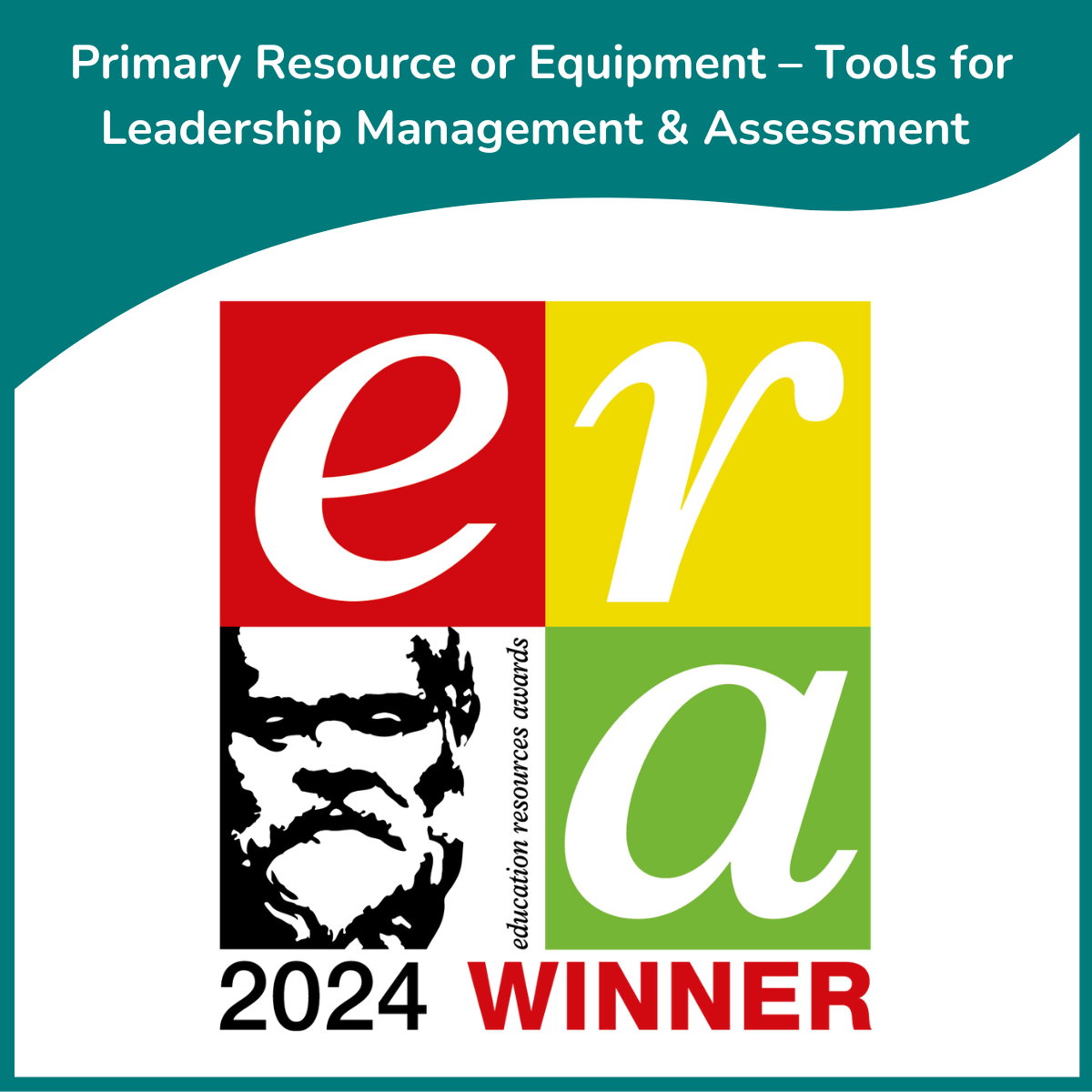Whenever your current or prospective staff members interact with your Multi-Academy Trust, Academy, school or college (and the people in it), they experience a ‘moment of truth’. In other words, they are evaluating and likely to be thinking either “I would like to be or not like to be part of this!”
How these ‘moments of truth’ are handled will determine how well you are able to attract and keep staff, and are also going to be seen in the long-term results for your organisation.
A significant number of such moments happen while staff interact with senior and middle leaders. A previous article covered leadership behaviours that are a great foundation for an effective and well led school and for developing your people strategy.
In this article, we briefly consider what you can do at every subsequent stage, from attracting new staff, to developing them, all the way to bidding them farewell.
 Figure 1. 7 stages of employee lifecycle, from attraction to farewell
Figure 1. 7 stages of employee lifecycle, from attraction to farewell1. Staff attraction
The very first step in your people strategy is employee attraction. This is all about generating interest in your Academy, school or college. Share why it is a great place to work and shout about the culture.
However, attraction as a part of a comprehensive HR strategy involves much more than generating good news stories in the local press. Identify routes and ways to get your message out and reach ideal candidates and giving them reasons to engage with you, even when you have no vacancies. This might include providing CPD opportunities beyond your school or flexible working and part-time roles.
Remember the best ambassadors you have are those already working with you, and why will they promote you to others, unless it is a great place to work. Having them create short videos sharing their experiences can help build loyalty and show others why they might want to join.
2. Recruiting for your school
You are recruiting in a highly competitive market with an often shortage of qualified candidates, depending on the position or subject and since Covid this encompasses far more support staff, as well as teaching staff and leaders.
Preparing a job description, person specification, application form and job advert are all hygiene factors. Job interviews and selection days are just part of a process. Ask the question, “What would the best MAT or school in the world do?”
Focus on attitude and cultural fit, and not just skills and experience. You should also offer feedback to every candidate. Your time is tight and in demand, but taking time to deliver brief feedback will set you apart from other schools and MATs. There is technology available to help – from creating quick videos to using AI – you have to search their information anyway, so capturing a reason why you might hire them and the reason why you didn’t proceed to interview is easy to do and share, with the right process.
As well as being future candidates, they share their experience with others. Imagine the goodwill generated even where they don’t get the job.
3. Onboarding school staff
We use this title quite deliberately to move away from the idea of induction. We are helping staff to be their best self within the culture we have created.
We are not ‘inducting’ them to your way, and it cannot be just about their first hour, day or even week. It should start as soon as they are appointed and it is then about the ongoing support and challenge that is provided. We may be desperate to get them in the classroom on day one because they’re in such high demand, but their first few days should include so much more.
It should involve meeting the CEO, Principal or Headteacher and other senior leaders; having lunch with a group of teachers; and spending quality time with their department manager. At all levels let them know how much you have been looking forward to them joining and how they are going to make a great contribution with the knowledge and skills they bring. Helping people to feel they belong is a great start.
They should have a personal plan to cover the coming months; regular 1:1 time; coaching; feedback; training; regular two-way reviews; a first career conversation and more.

4. Performance
Managing the performance of individual staff members is not just important to delivering strong results, it is also a big part of staff wellbeing. When poor performance or behaviour is not tackled early, it can lead to resentment and dips in the performance of others (consciously or unconsciously).
Line managers often perceive dealing with this and other staff issues as ‘difficult’. It is one area that generates a lot of requests for training.
We always see it as simply a conversation and remove the word difficult. All it needs is good preparation, the collection of evidence, being able to ask questions, listening skills and the ability to diarise and follow up.
Make sure there is an ongoing dialogue and 1:1s rather than a single annual (or even bi-annual) review. While it takes time, particularly at the beginning, it will save significant time in the long run.
5. Development
At this stage of the employee lifecycle, think about development opportunities for your school staff and make sure these are linked to the staff members interests and agenda, as well as the school or MAT’s. It needs to link to what intrinsically motivates them, as do many of the other moments of truth that they may experience. If you are on their agenda, at least as much as your own, then staff will see the difference compared to most schools.
Development cannot simply be about short twilight sessions, 15-minute briefings, inset days and workshop merry-go-rounds. It is about career conversations, an agreed long and short-term plan and making sure this is highly relevant.
6. School staff retention
Everything we are covering strongly influences your chances of retaining great staff.
Identify and manage talented school staff early, build your succession plan, know what roles are at risk and have candidates ready and able to step into them. You should also create alternative career paths.
Keep in mind that not everyone is cut out to be a school leader. Strong classroom performers need to be rewarded without having to progress along a leadership path (if it is something they don’t want or will not be good at).
As MATs grow in size, this provides opportunities across schools and particularly where they are located together or in clusters, providing opportunities to share, as well as cluster, regional or national roles.
Embracing flexible working, and for MATs, Trust contracts, as well as having clear plans to retain those going on maternity leave, need to feature strongly.
7. Farewell
It’s inevitable that some staff will move on. They may not be meeting expectations, despite the support given, or perhaps teaching really isn’t for them. In this case, you can help them to depart in a prompt and professional way, which enhances your reputation when they tell others.
They may be ready for promotion and you do not have an opportunity for them within the school or MAT, or there are others ahead of them in the ‘queue’. How they leave is important, and you should proactively support them to find the role they want, even when this is external.
While you may be disappointed to lose them, if they join other schools and tell all they meet what a fantastic place they came from, it builds your reputation as an employer of choice.
Putting your people strategy together
School leaders are time-poor, and many schools are financially constrained. Delivering an effective and long-term people strategy won’t be easy and takes focus and hard work.

If recruiting staff from a diminishing labour market and keeping more of them for longer is important to you, then you have little choice. Start by prioritising everyday behaviours of leaders and improving staff wellbeing, so your school or MAT really is a great place to work. Then work through each of the other stages, prioritise and take small and continuing steps.
Tackling this is not a time or financial cost, even though you will have to spend both. It is an investment that will have a significant return attached to it. Work out what this is likely to be in the form of future management time savings (opportunity costs), impact on results and substantially lower staff costs.
There are tools and resources available that will help you build your strategy and identify, track and support staff across your Multi-Academy Trust or school. Despite education being a unique industry, it can learn lessons from bigger corporate businesses that have been using these tools effectively for years.
If you would like us to share some resources with you, email us at support@welbee.co.uk quoting ‘People strategy resources request’ in the subject line, and we will get back to you with details.


















